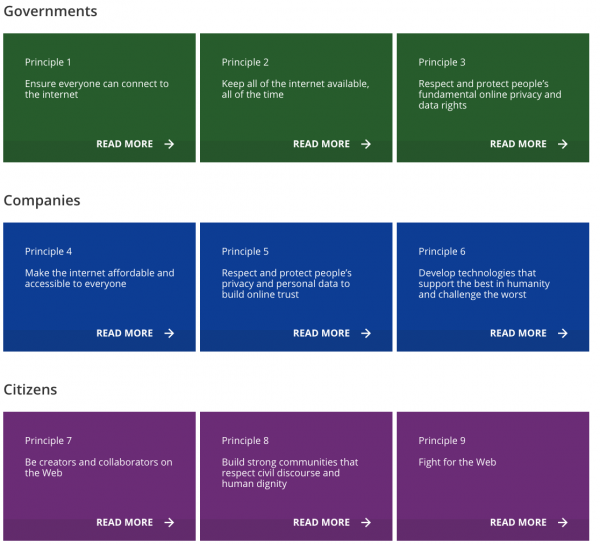Release by MuckRock: “What is the chance you, or your neighbor, will commit a crime? Should the government change a child’s bus route? Add more police to a neighborhood or take some away?
Every day government decisions from bus routes to policing used to be based on limited information and human judgment. Governments now use the ability to collect and analyze hundreds of data points everyday to automate many of their decisions.
Does handing government decisions over to algorithms save time and money? Can algorithms be fairer or less biased than human decision making? Do they make us safer? Automation and artificial intelligence could improve the notorious inefficiencies of government, and it could exacerbate existing errors in the data being used to power it.
MuckRock and the Rutgers Institute for Information Policy & Law (RIIPL) have compiled a collection of algorithms used in communities across the country to automate government decision-making.
Go right to the database.
We have also compiled policies and other guiding documents local governments use to make room for the future use of algorithms. You can find those as a project on DocumentCloud.
View policies on smart cities and technologies
These collections are a living resource and attempt to communally collect records and known instances of automated decision making in government….(More)”.

